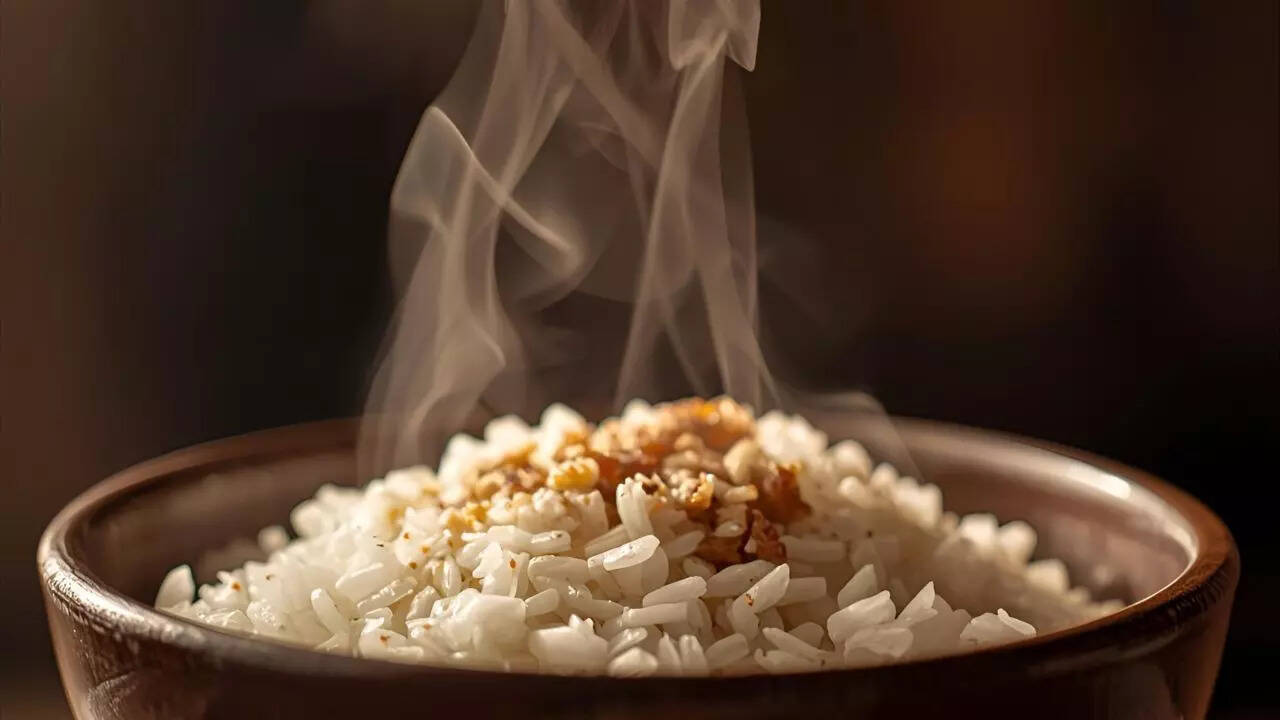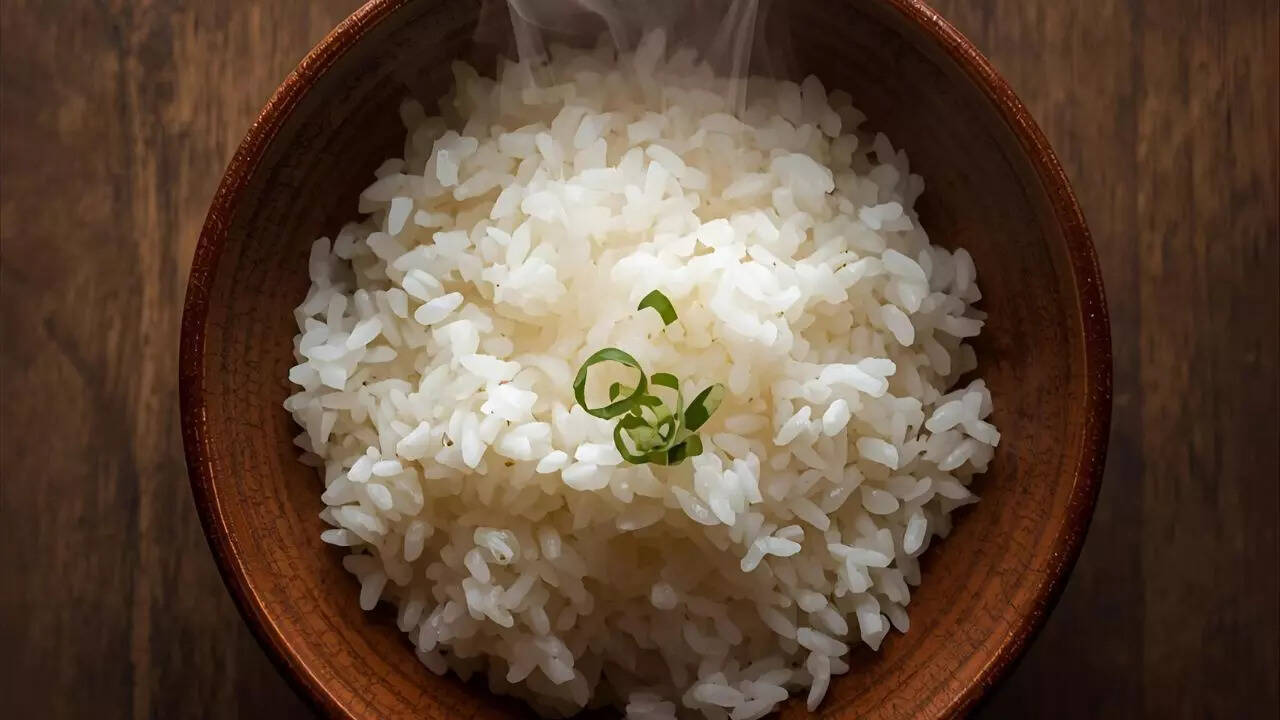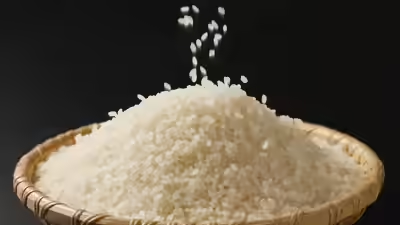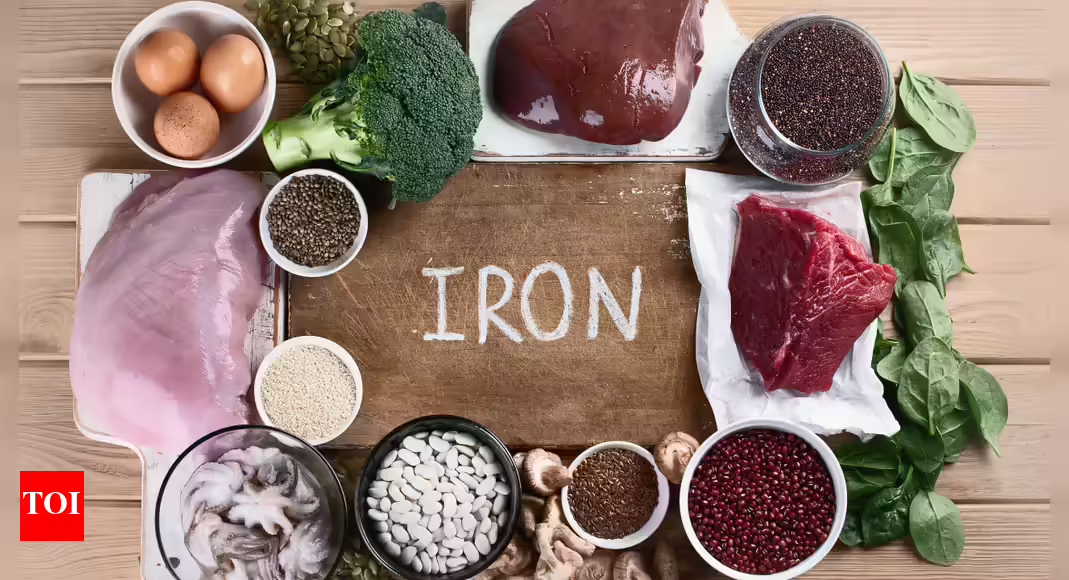The steam plate with Biryani or comforting Dal-Chawal may look perfect, but have you ever wondered if the rice on your plate is really clean? Fake Rice is no longer just an urban myth; It has silently crawled into the kitchen, affected taste, structure and most importantly, health. From cheap synthetic rice made of plastic to barley mixed with starch or small stones, the threat is real and often invisible.According to a 2023 FSSAI studyA significant number of rice samples tested in markets showed signs of forgery, which raised serious food safety problems. The good news? You do not need expensive lab equipment to protect your family. With a few simple tricks using water, fire and even your hands, you can discover false rice before it reaches your cook pot.In this guide we show practical, easy to follow methods, explain why counterfeit rice are harmful and share tips to ensure that the rice you cook is 100% genuine. Make every meal safe, tasty and nourishing with these fast home tests.
Why fake rice is a growing problem
Rice is a staple in many households, but the increase in counterfeit rice pose serious health risks. False rice often contains harmful substances such as plastic, starch or chemicals that can lead to digestive problems, toxicity and long -term health problems. FSSAI’s study 2023 illustrates the presence of such forgery, and emphasizes the need for vigilance. Consumers are encouraged to buy rice from reliable sources, check for unusual structure or smell and remain informed of food safety warnings to protect their health.
Common types of rice falsification

- Plastic rice: Made with synthetic materials similar to plastic rice, but lack nutritional value and pose health risks when consumed.
- Starch -coated rice: The grains are covered with starch to increase weight, which makes them seem more significant than they are.
- Stone or foreign particles: Small stones or other foreign materials are mixed with rice to add weight, constitute suffocation risks and pollution risks.
Simple home test to discover fake rice

Water test
Place some grains in a glass of water. Genuine rice will sink to the bottom, while plastic rice can float because of its lighter density.
Fire test
Take a few grains and burn them. Real rice will burn with a natural odor, while plastic rice melts and emits a chemical smell.
Touch and feel test
Rub a grain between your fingers. Authentic rice feels rough and firm, while false rice may feel smooth or waxy.
Cooking test
Cook a small amount of rice. Real rice will swell and become soft, while false rice can remain hard or become sticky.
Tips for buying safe rice
- Choose trusted brands: Choose well -known brands with a reputation for quality.
- Check certifications: Look for FSSAI or ISO certifications on packaging.
- Avoid loose rice: Buy rice from reputable stores rather than loose rice from local suppliers.
How to protect your family from fake rice
- Educate your family: Inform your family members about the risks of counterfeit rice and the importance of buying from reliable sources.
- Test regular rice: Make it a habit to perform the simple tests mentioned above before cooking.
- Report suspicious products: If you encounter counterfeit rice, report it to local food safety authorities to prevent others from being affected.
Ensuring the purity of the rice you consume is crucial to your health and well -being. By performing simple home tests and being vigilant about where you buy your rice, you can protect yourself and your family from the dangers of counterfeit rice. Stay informed, keep safe and make every meal a healthy one.Disclaimer clause: This article is only for general information purposes and does not replace professional medical advice, diagnosis or treatment. Always seek guidance from a qualified healthcare provider regarding any medical conditions or lifestyle changes.Also read | Smoking recovery guide: 5 best foods to repair lung damage naturally





